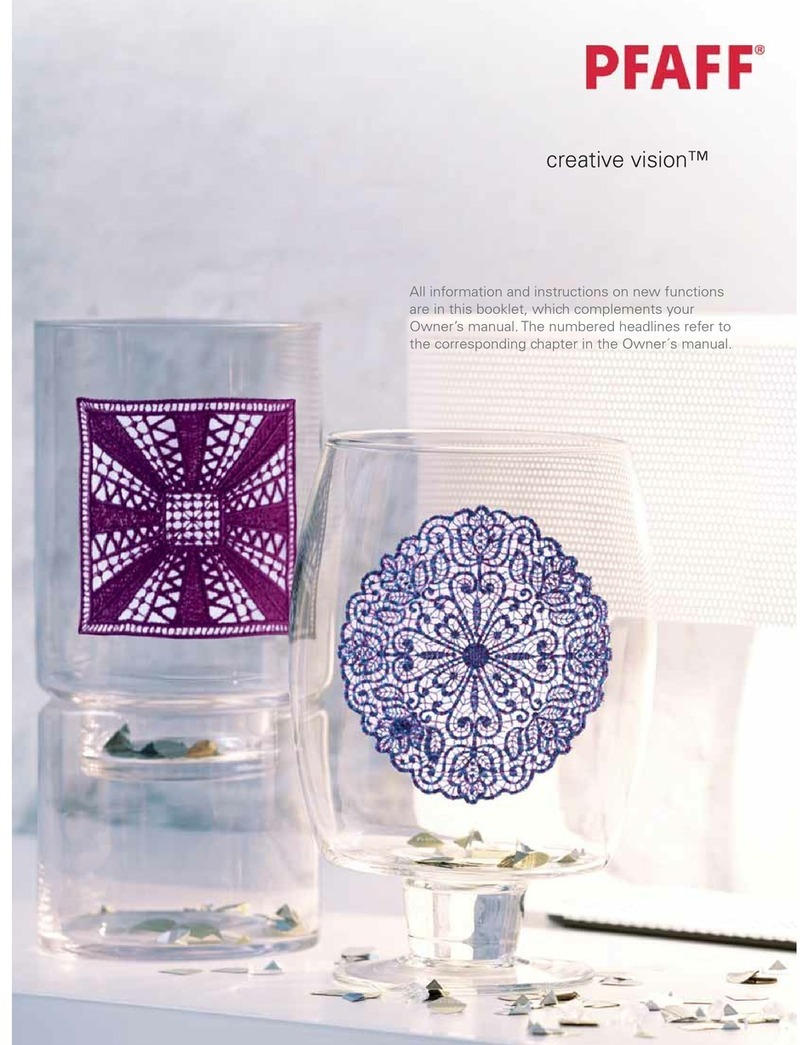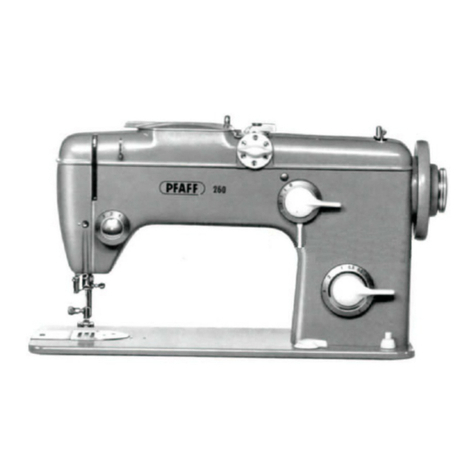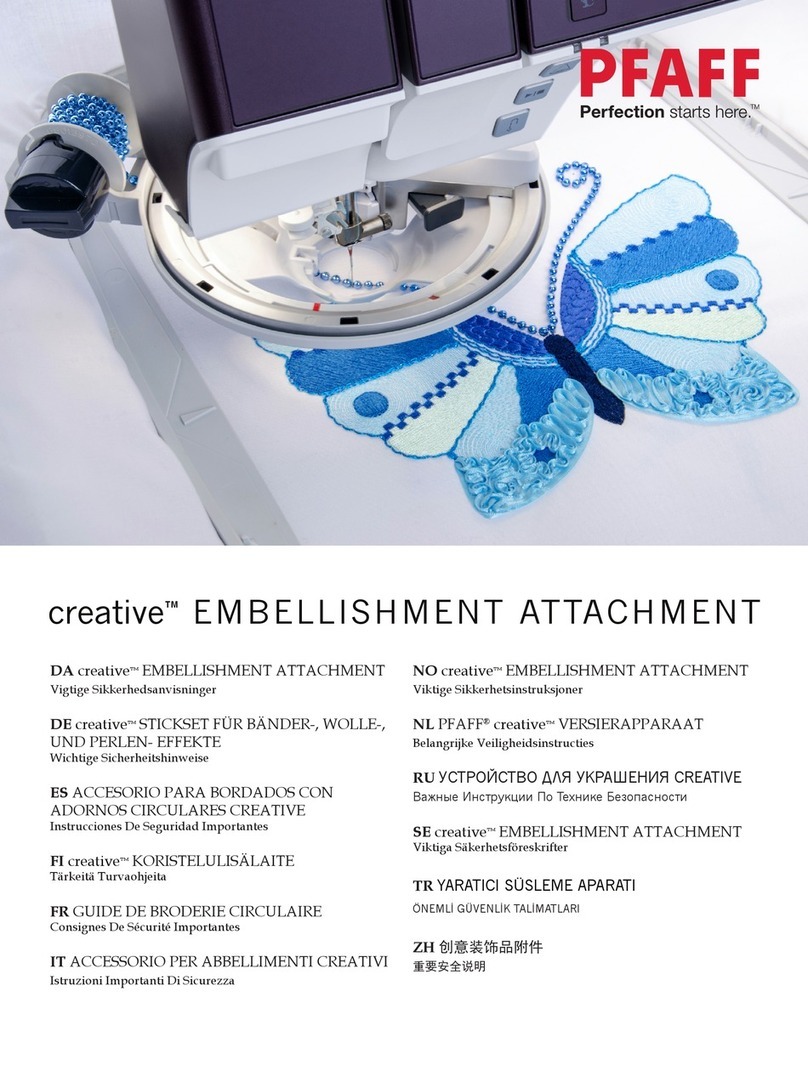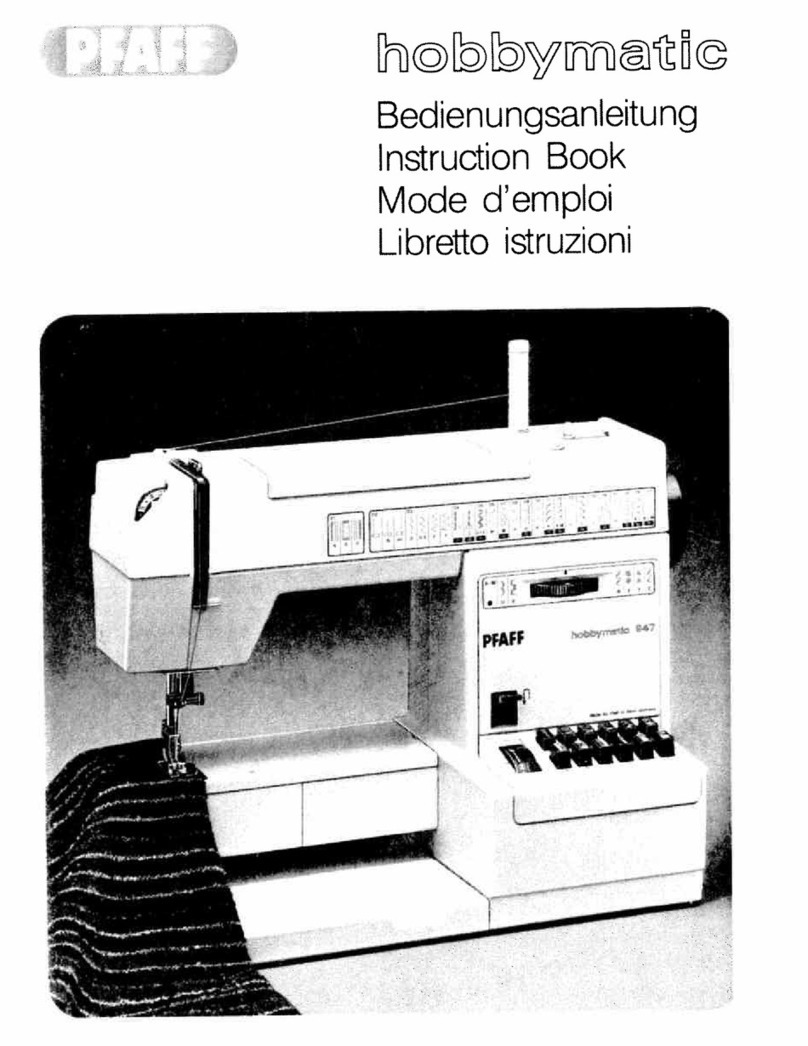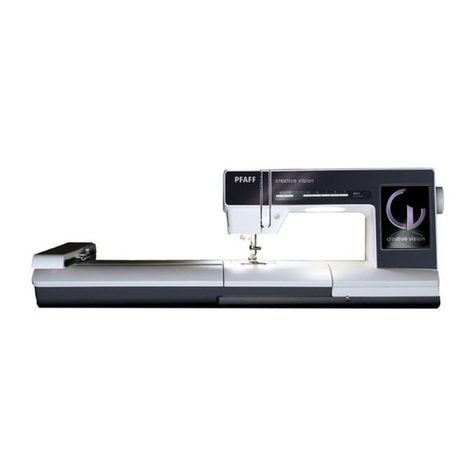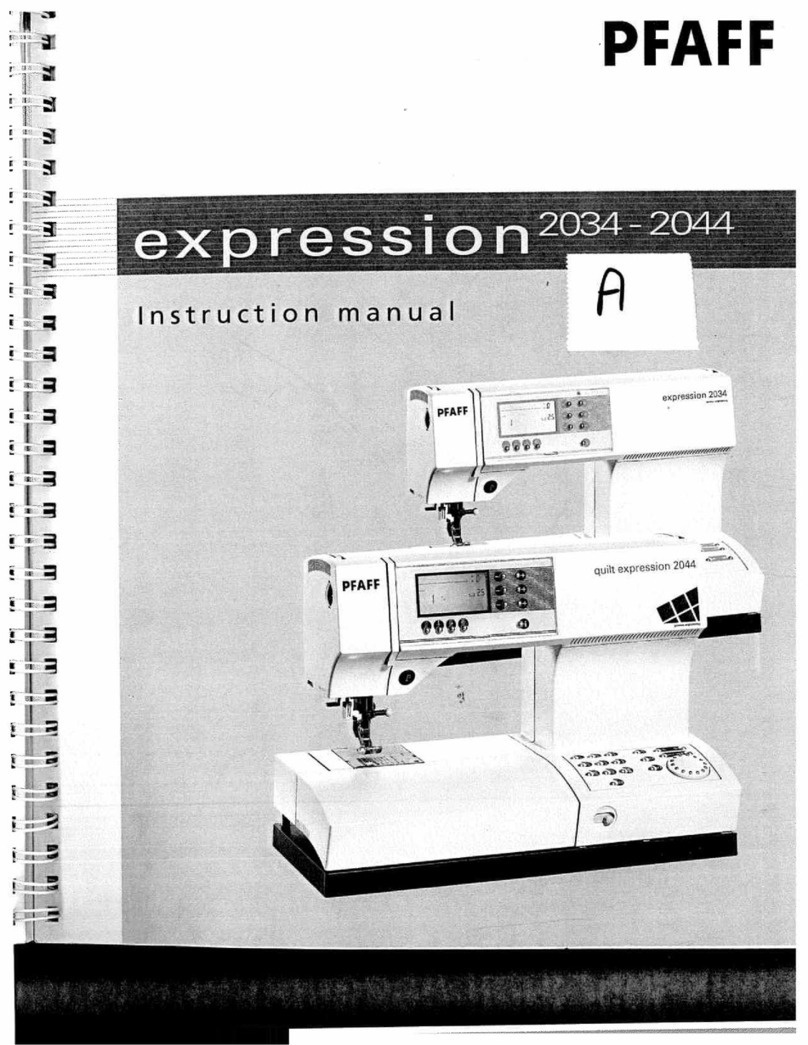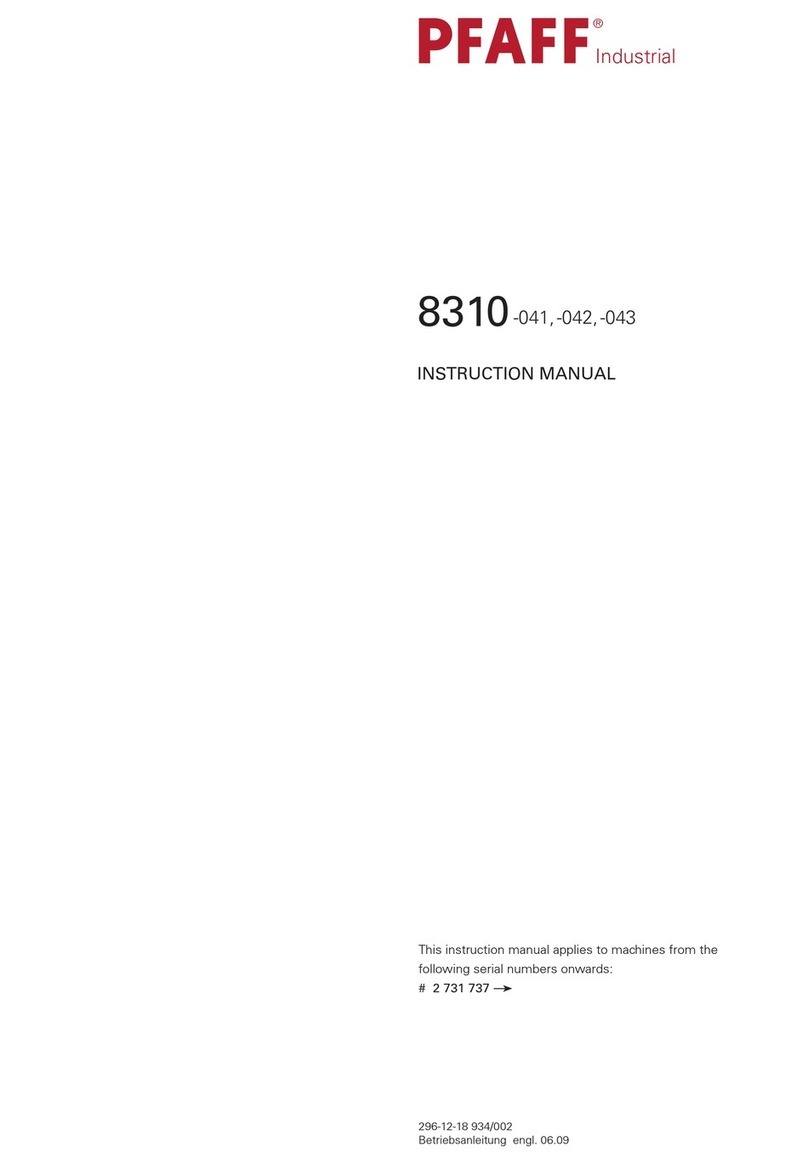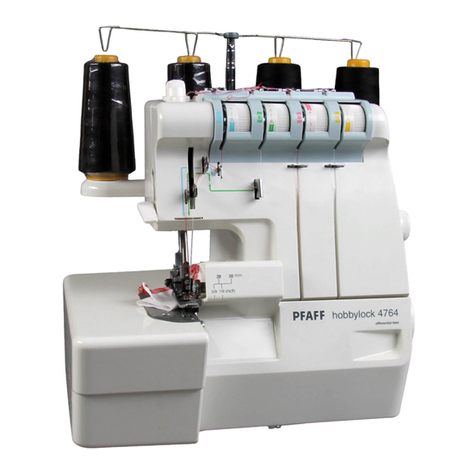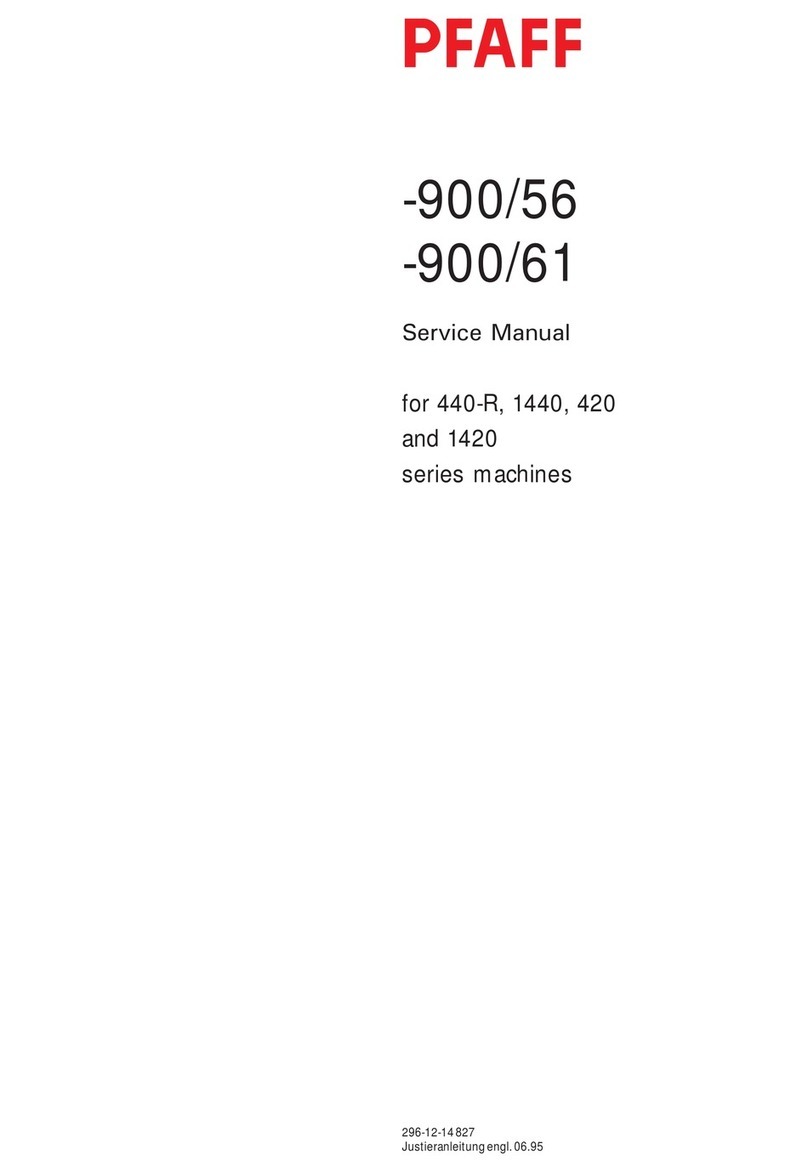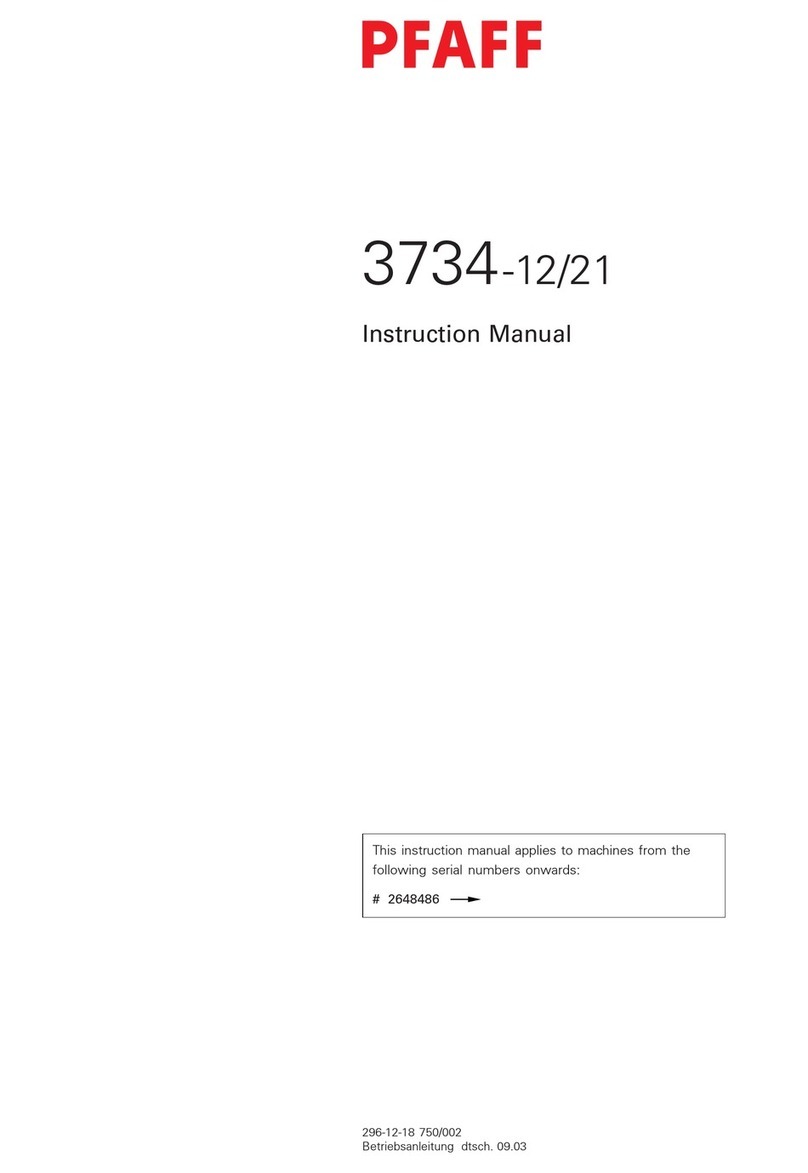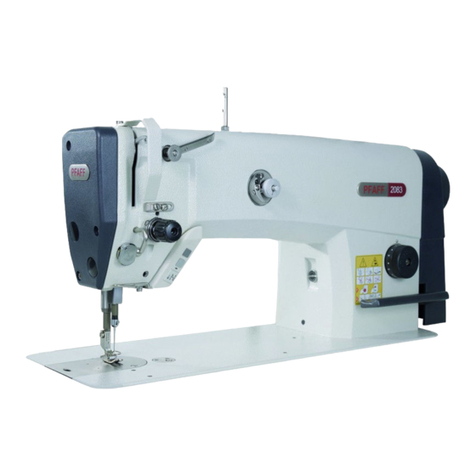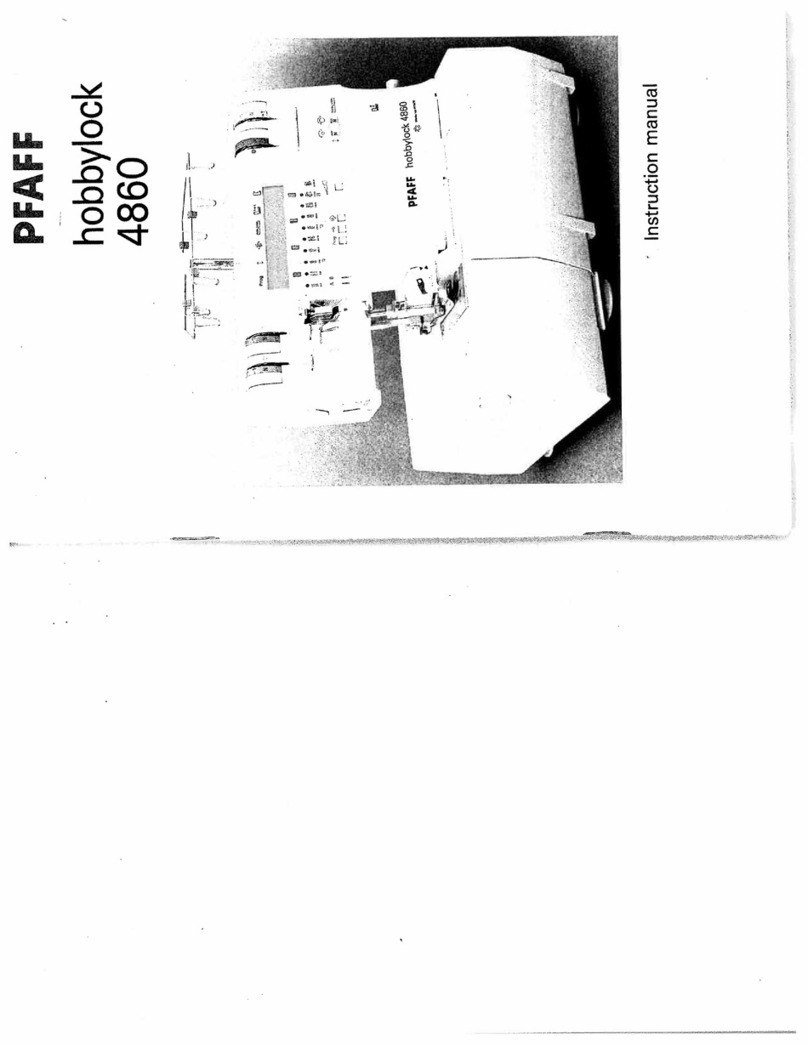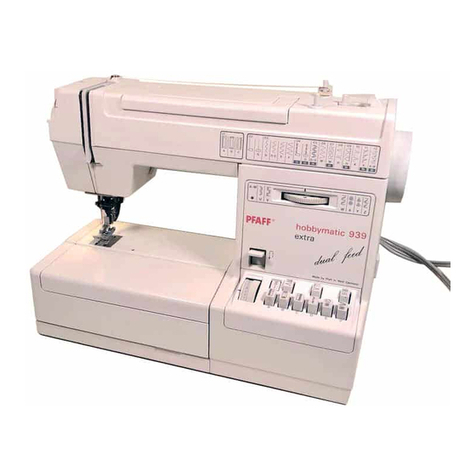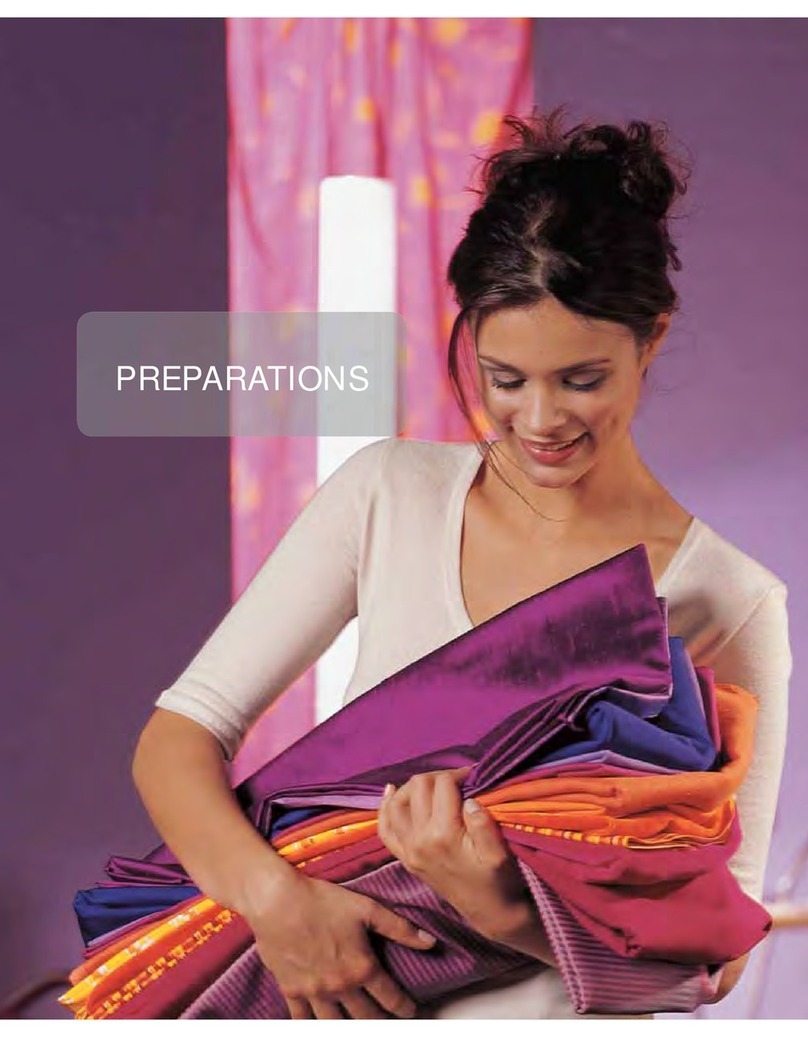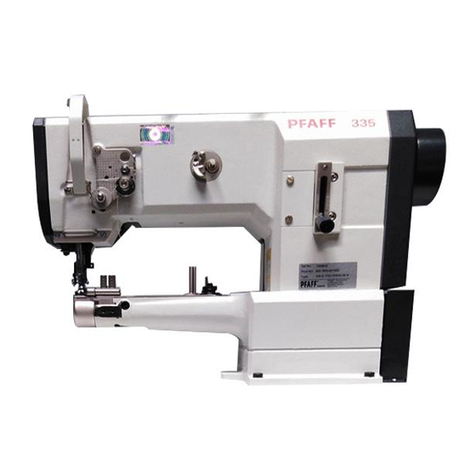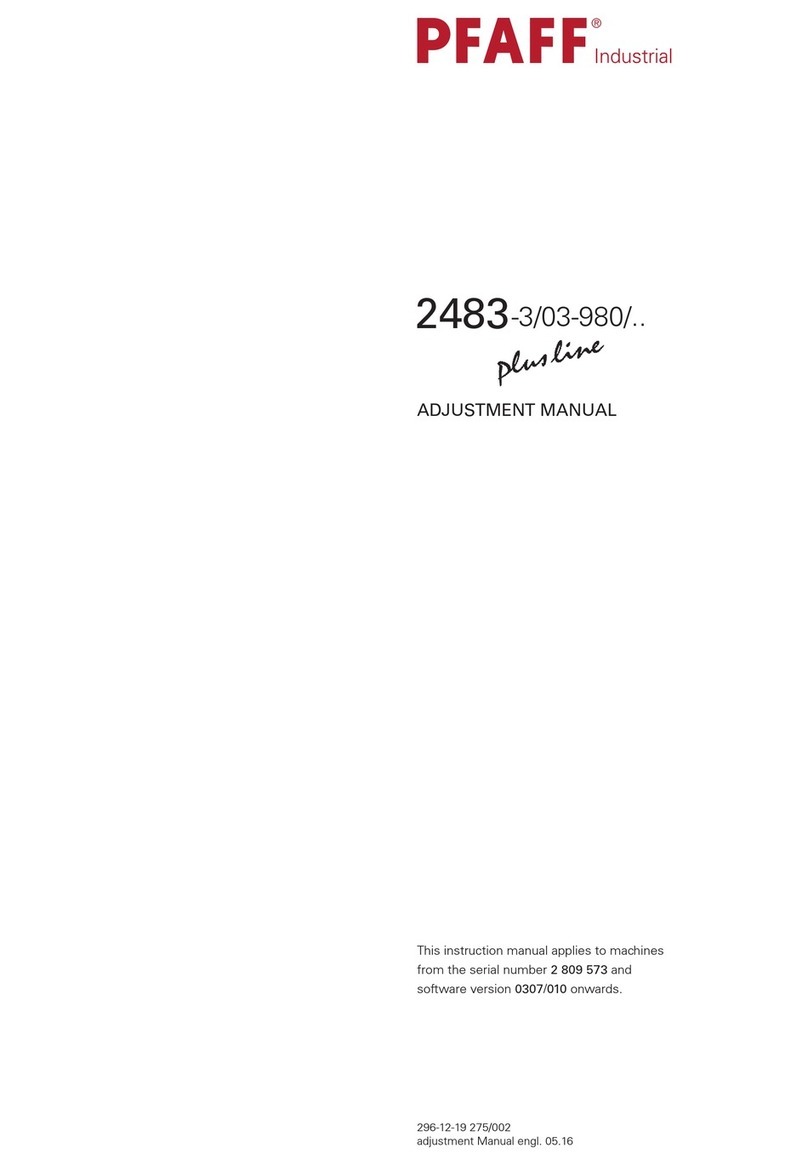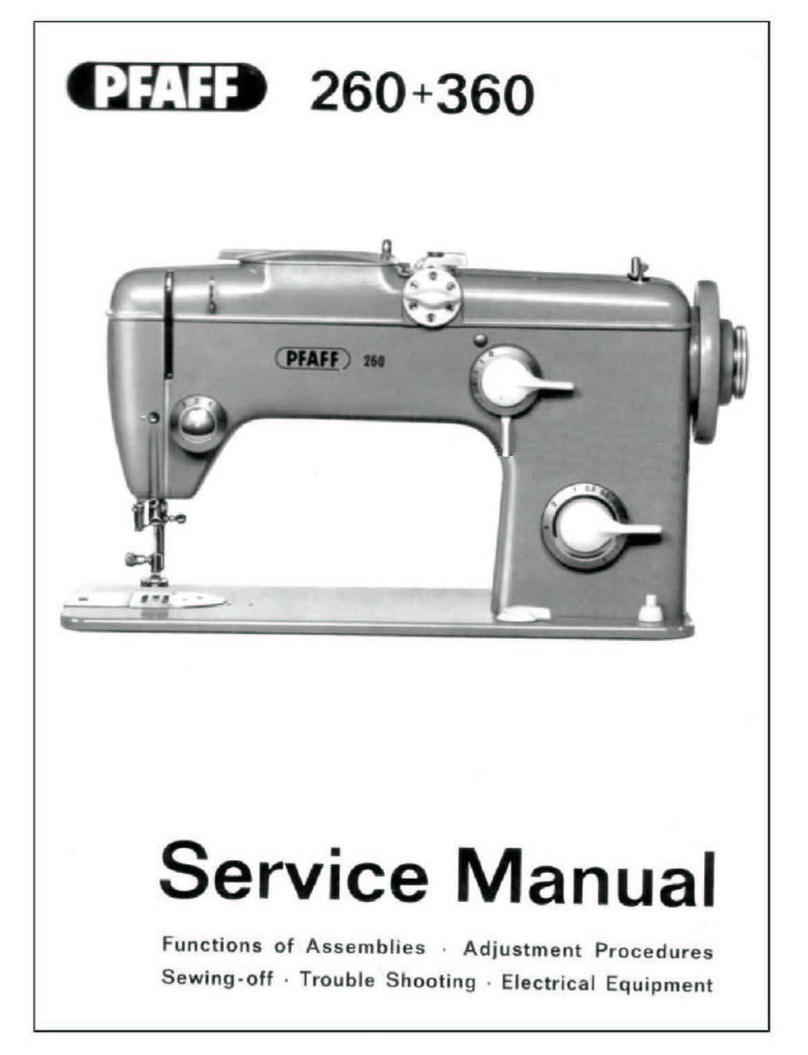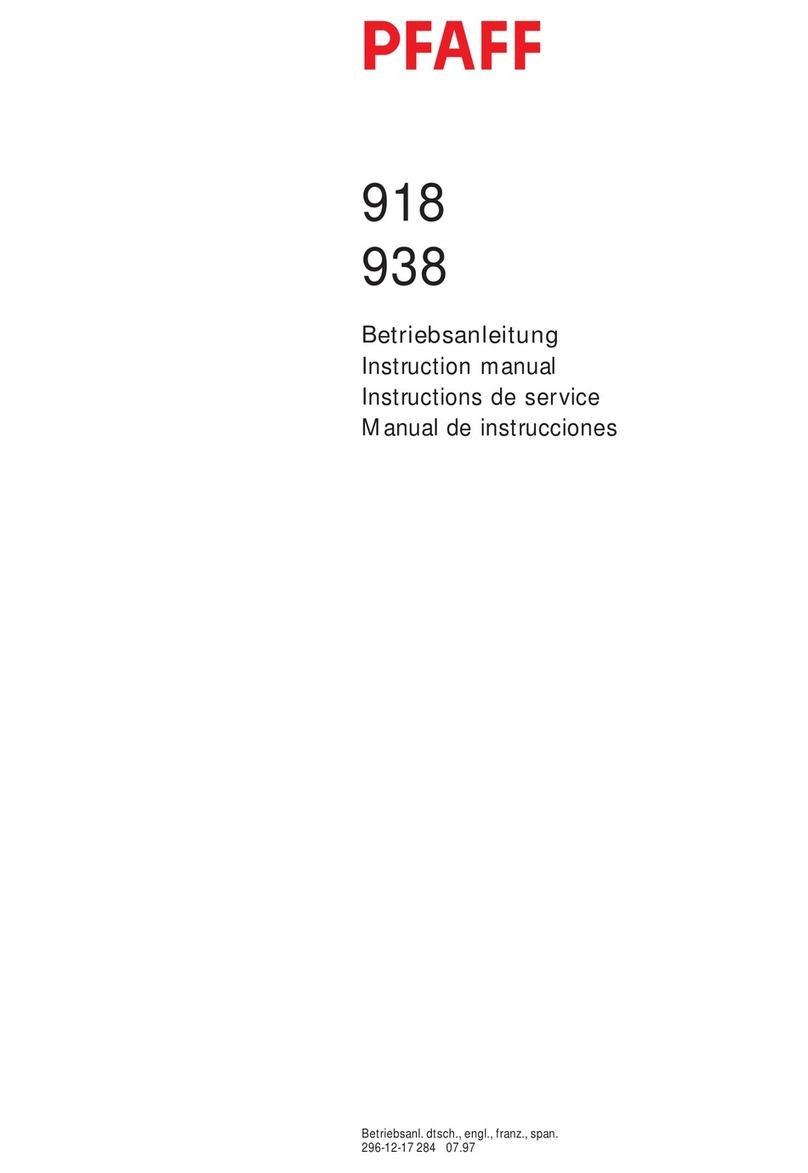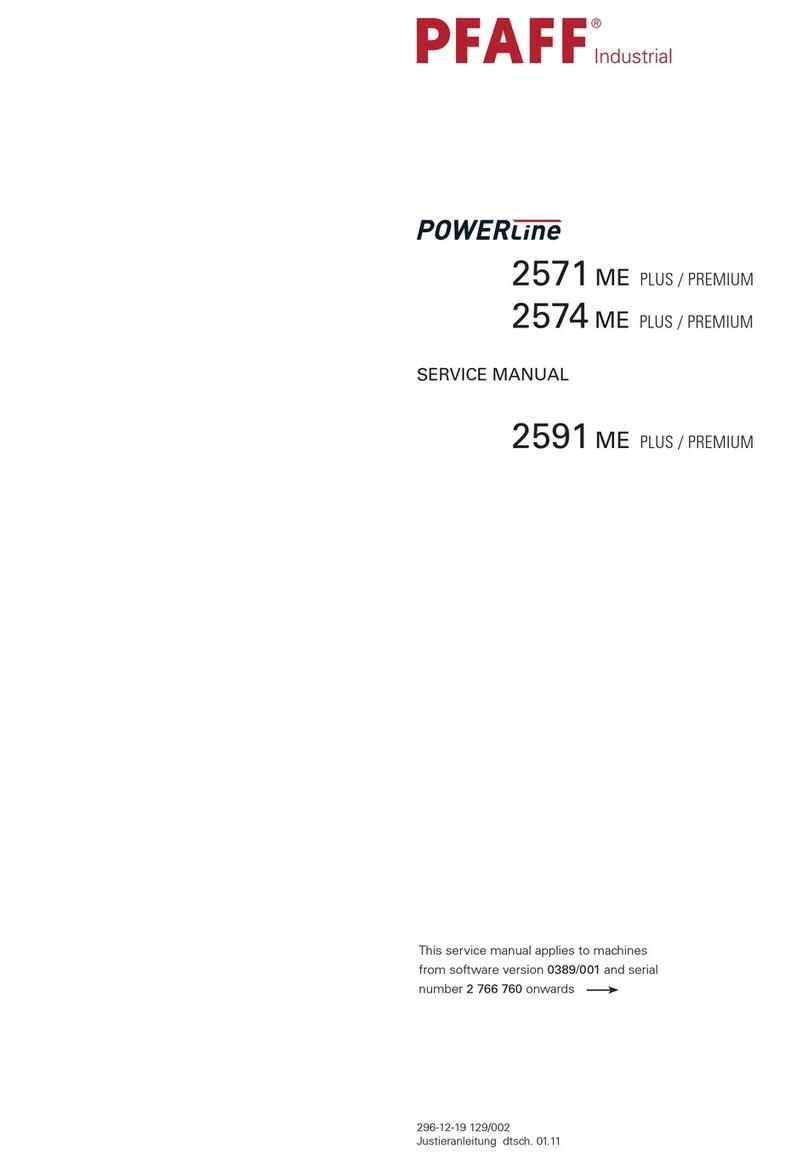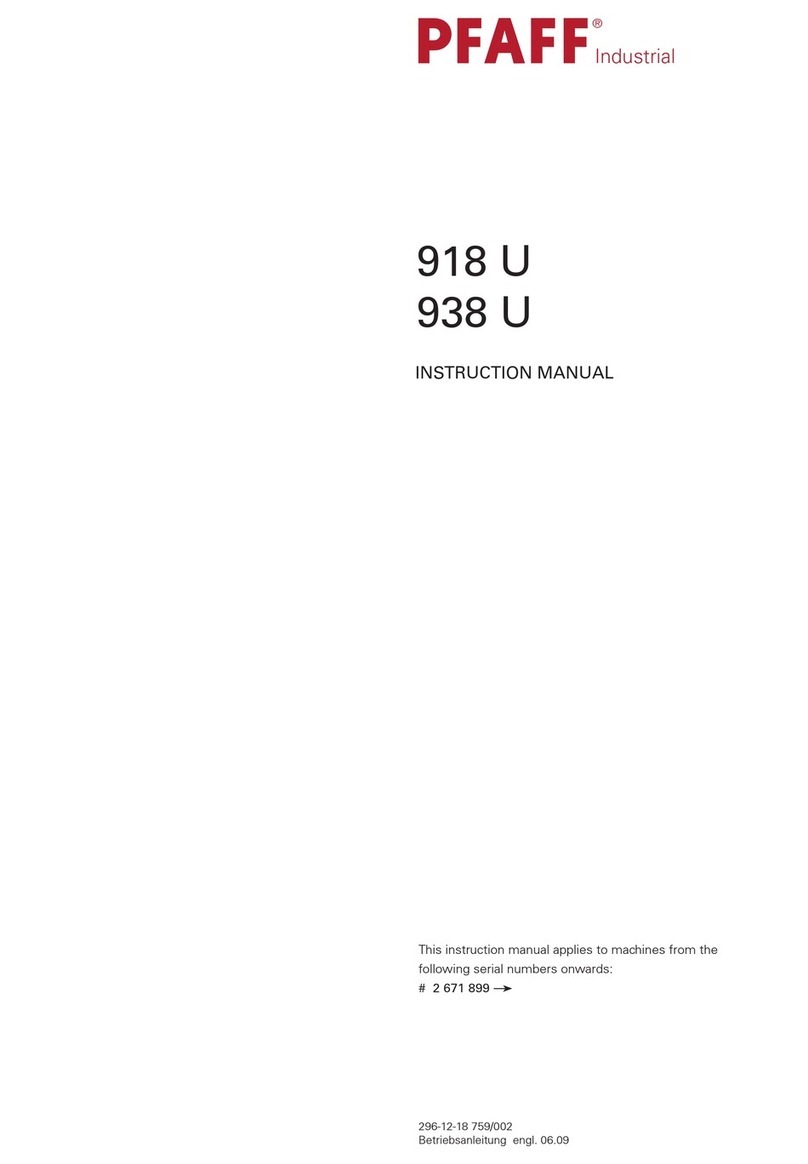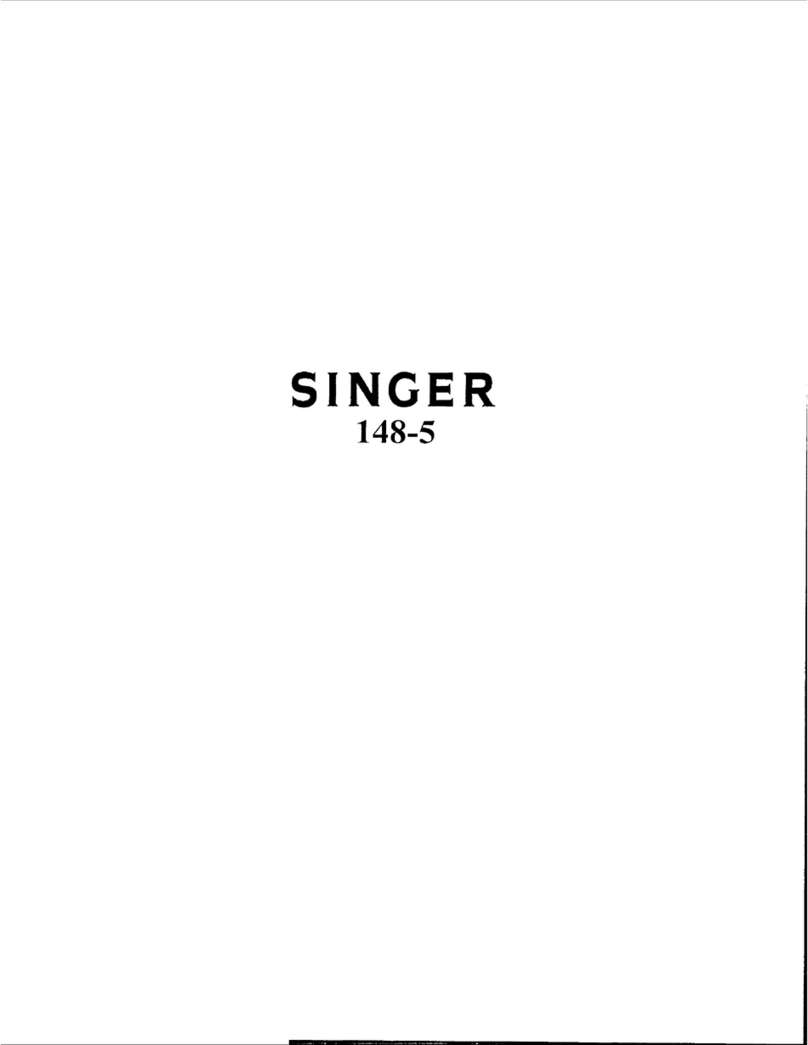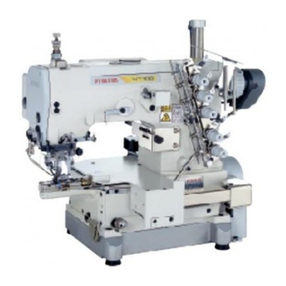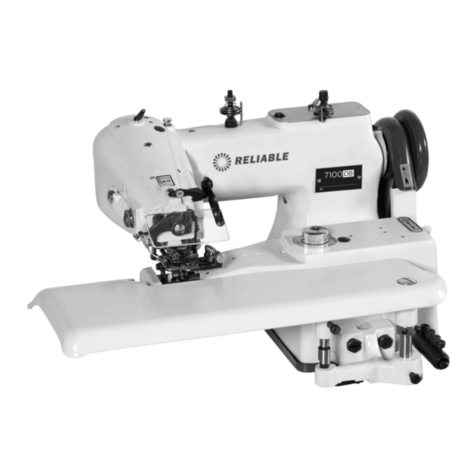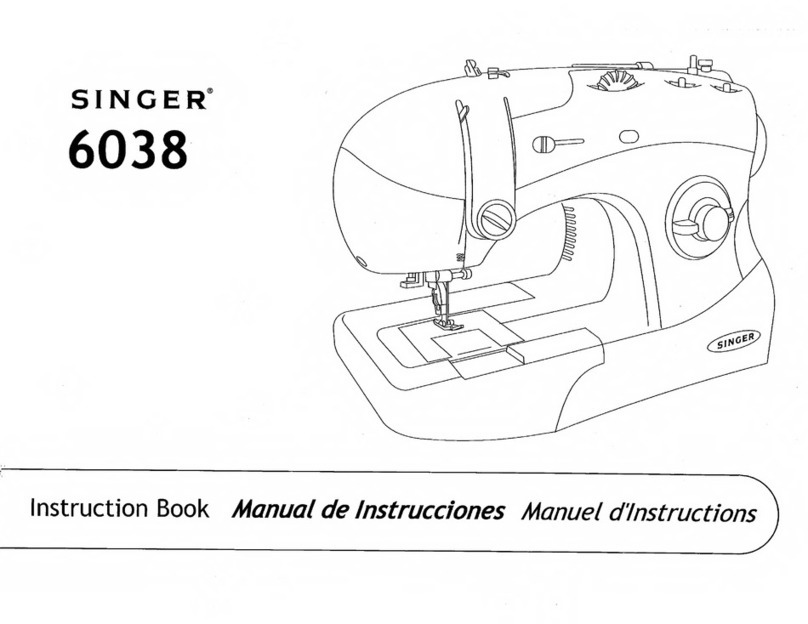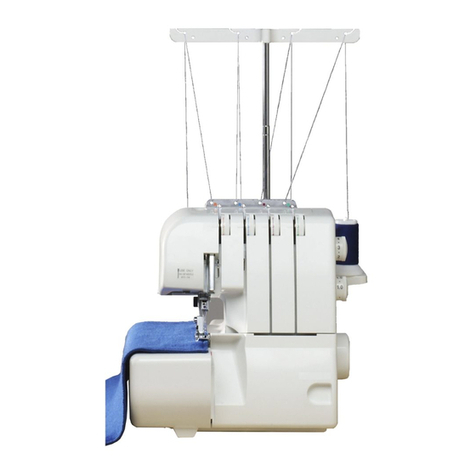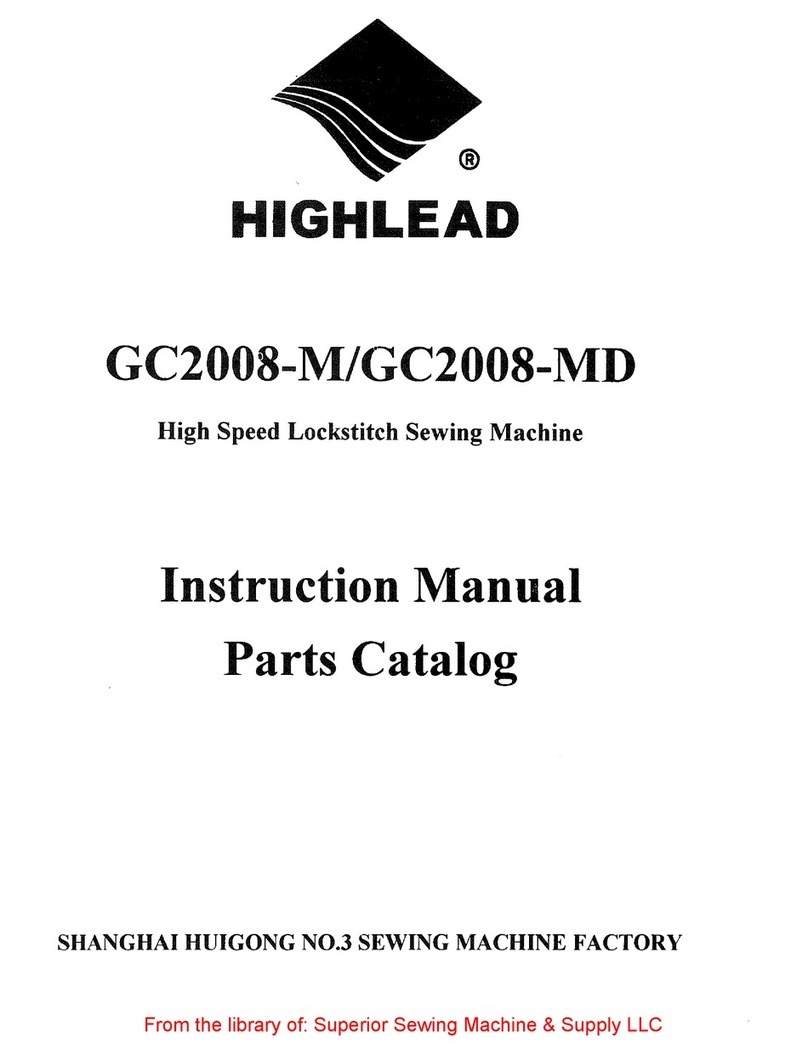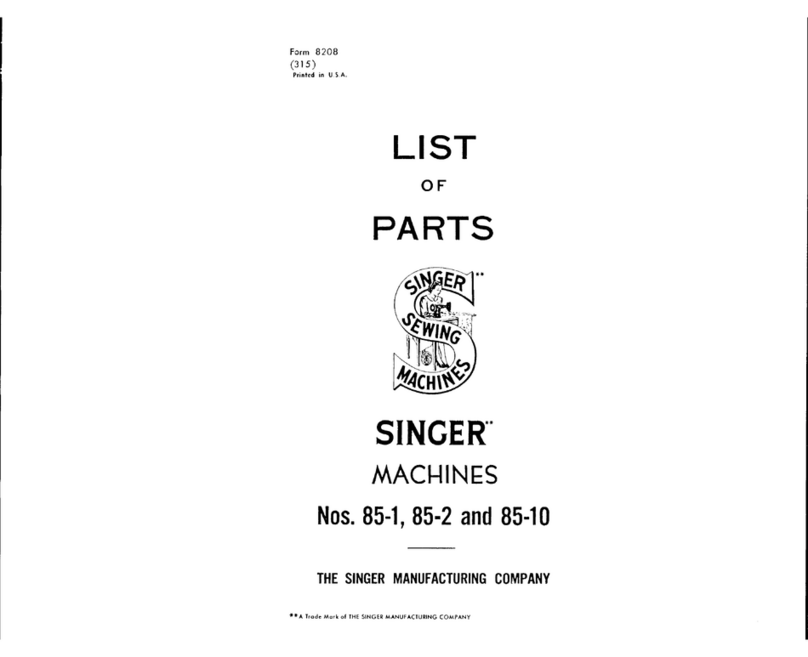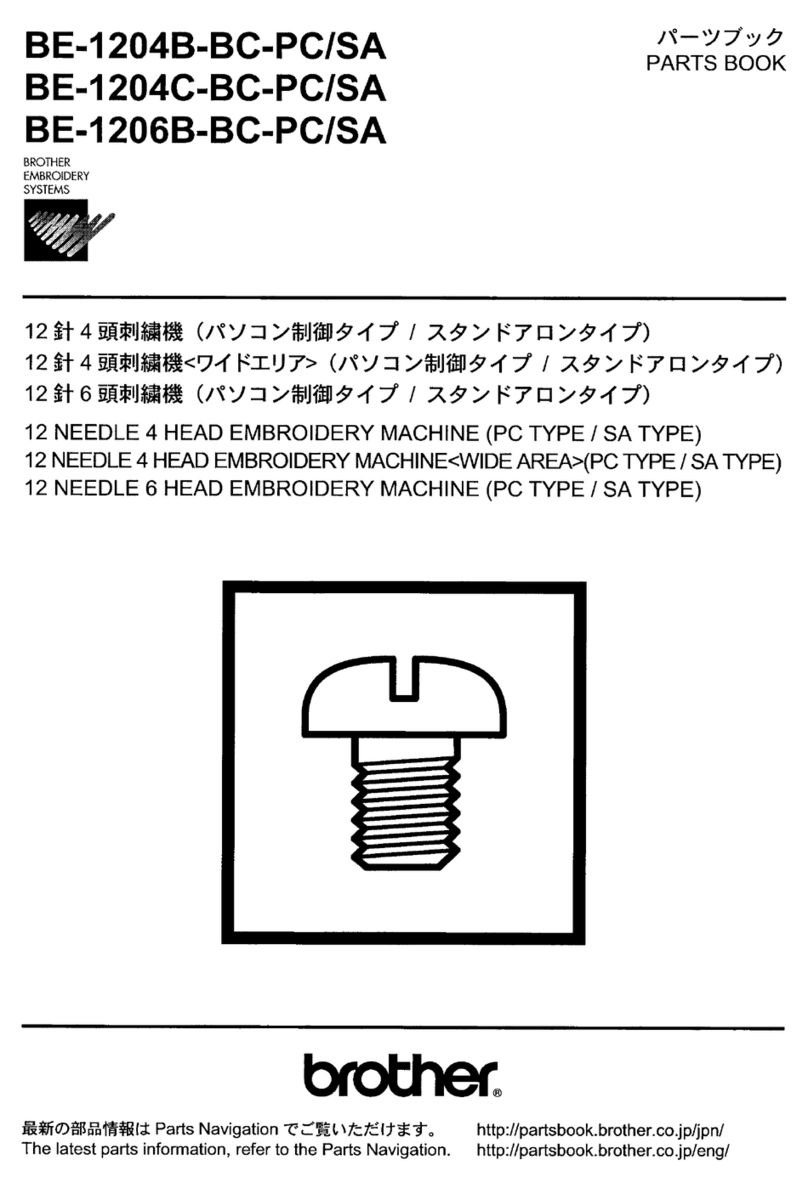Contents
Contents ..................................................................................Chapter - Page
10.03 Checking/adjusting the air pressure ..............................................................................10 - 3
10.04 Cleaning the air filter of the air-filter/lubricator ...............................................................10 - 3
11 Adjustment ..................................................................................................................11 - 1
11.01 Notesonadjustment ....................................................................................................11 - 1
11.02 Tools, gauges and other accessories............................................................................11 - 1
11.03 Abbreviations................................................................................................................11 - 1
11.04 Checking and adjusting aids .........................................................................................11 - 2
11.05 Adjusting the basic machine .....................................................................................11 - 3
11.05.01 Basic position of the machine drive ..............................................................................11 - 3
11.05.02 Preadjusting theneedleheight ......................................................................................11 - 4
11.05.03 Setting the feed dog at its neutral position ....................................................................11 - 5
11.05.04 Feeding motion of the feed dog ....................................................................................11 - 6
11.05.05 Needle in needle hole center .........................................................................................11 - 7
11.05.06 Hook shaft bearing and backlash ..................................................................................11 - 8
11.05.07 Hooklubrication ............................................................................................................11 - 9
11.05.08 Needle rise, hook-to-needle clearance, needle height and bobbin case position finger ..11 - 10
11.05.09 Thread check spring and slack thread regulator ............................................................11 - 11
11.05.10 Bobbinwinder ..............................................................................................................11 - 12
11.05.11 Limiting the stitch length ..............................................................................................11 - 13
11.05.12 Presser footpressure ...................................................................................................11 - 14
11.05.13 Stitchcondensation ......................................................................................................11 - 15
11.06 Adjusting the edge trimmer .......................................................................................11 - 16
11.06.01 Zero position of the knife ..............................................................................................11 - 16
11.06.02 Knifestroke ..................................................................................................................11 - 17
11.06.03 Knifeheight ..................................................................................................................11 - 18
11.06.04 Knife position in sewing direction..................................................................................11 - 19
11.06.05 Knife position crosswise to sewing direction ................................................................11 - 20
11.07 Adjusting the thread trimmers ...................................................................................11 - 21
11.07.01 Magnetsetting .............................................................................................................11 - 21
11.07.02 Lateral alignment of the thread catcher .........................................................................11 - 22
11.07.03 Knifeposition ................................................................................................................11 - 23
11.07.04 Front point of reversal of the thread catcher ..................................................................11 - 24
11.07.05 Manual trimming check ................................................................................................11 - 25
11.07.06 Needle threadtension release.......................................................................................11 - 26
11.07.07 Readjusting the control cam .........................................................................................11 - 27
11.08 Adjusting the automatic presser foot lift .......................................................................11 - 28
11.09 Adjusting the jig drive ................................................................................................11 - 29
11.09.01 Basic setting of the linkage rods...................................................................................11 - 29
11.09.02 Basic setting of the actuating lever...............................................................................11 - 30
11.09.03 Distance of the axle of the drive wheel from the bearing axle .......................................11 - 31
11.09.04 Distance of the drive wheel to the centre of the needle ................................................11 - 32
11.09.05 Stitchlengthadjustment ...............................................................................................11 - 33
11.09.06 Adjusting the air chokes ...............................................................................................11 - 34
12 Wearingparts .............................................................................................................12 - 1

